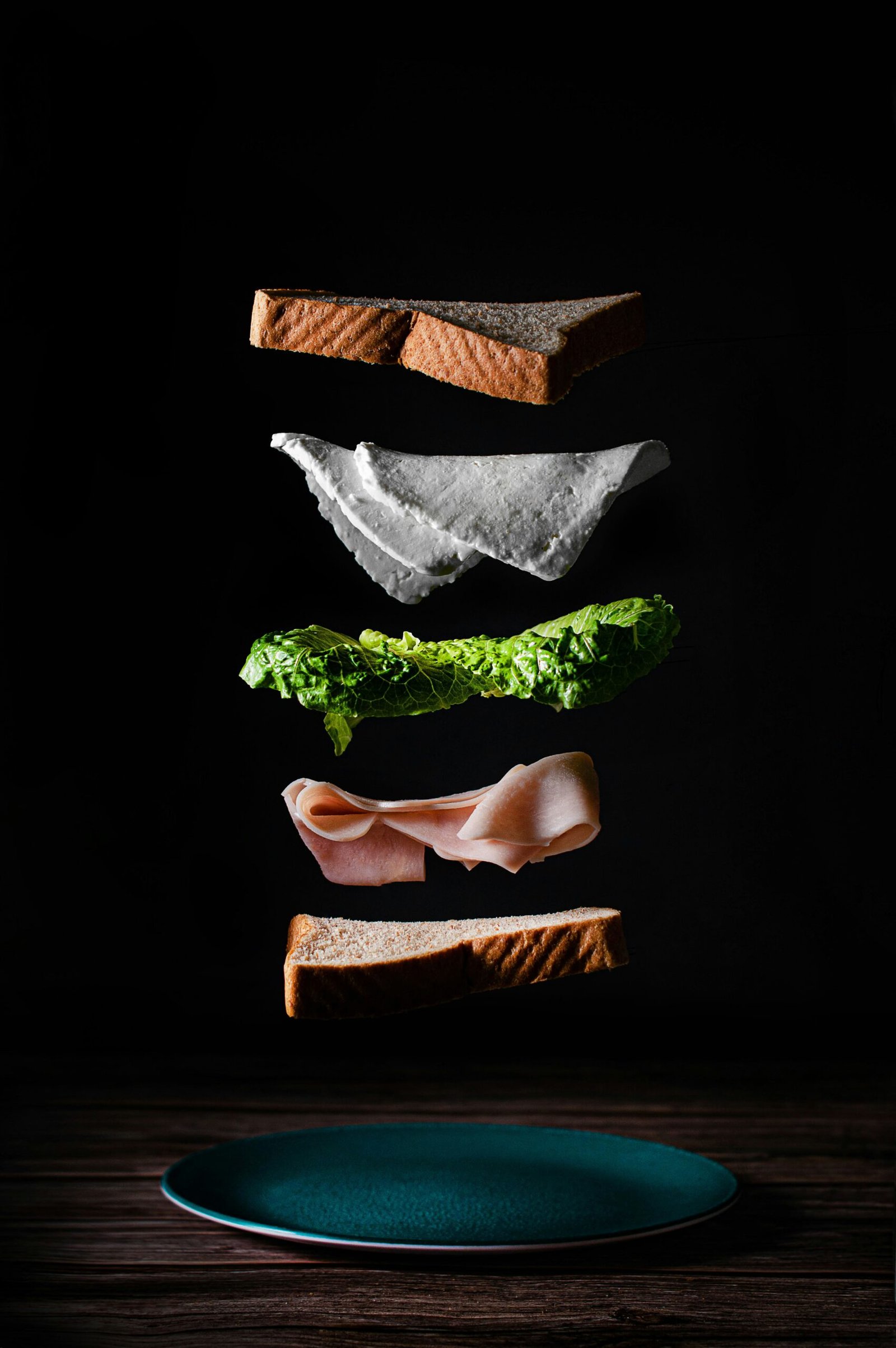Introduction to Macaroni and Cheese
Macaroni and cheese, often affectionately referred to as “mac and cheese,” holds a cherished place in the hearts and homes of many. Its origins can be traced back to ancient times, with similar dishes appearing in recipes as far back as the 1700s. The first known recipe for macaroni and cheese was published in an English cookbook in 1769. This delightful combination of pasta and cheese gradually made its way to the American culinary landscape, growing in popularity particularly in the 19th century.
Throughout its evolution, macaroni and cheese has become a quintessential comfort food, symbolizing warmth and nostalgia for countless families. Its simple yet satisfying nature has allowed it to endure as a beloved dish not only in the United States but also across the globe. With variations that include the addition of breadcrumbs, vegetables, or proteins, such as bacon or lobster, macaroni and cheese can be tailored to suit a wide array of palates.
In addition to its adaptability, the dish also holds cultural significance. For many, it evokes memories of family gatherings, holidays, or cozy dinners at home. In various countries, macaroni and cheese serves as a canvas for local ingredients and flavors. In Italy, for example, it may be made with a creamy béchamel sauce, while in France, a gratin-style variant often features a crusty layer on top. The dish has also inspired the creation of gourmet interpretations, with chefs experimenting with international cheeses and unique flavor combinations.
The featured macaroni and cheese recipe aims to capture the essence of this classic dish while offering an elevated experience. With its rich, creamy texture and flavorful blend of cheeses, it represents both tradition and innovation. As you delve into this comforting recipe, you will discover why macaroni and cheese remains a beloved staple in kitchens everywhere.
Ingredients You Will Need
To create the ultimate macaroni and cheese, it is essential to choose high-quality ingredients that contribute to both flavor and texture. The backbone of any macaroni and cheese dish is, of course, the pasta. Elbow macaroni is a traditional choice, but alternatives like cavatappi or shells can provide a delightful twist. These shapes allow for the cheese sauce to envelop each piece, ensuring a creamy and flavorful bite.
Next, the cheese selection is crucial to achieving a rich taste. A combination of cheeses works best; sharp cheddar offers a robust flavor, while mozzarella adds creaminess and stretch. Incorporating Gruyère can introduce a nutty dimension. For a more gourmet touch, consider using fontina or gouda. Vegans or those with lactose intolerance can opt for plant-based cheese, which comes in various flavors and textures to suit dietary needs.
Butter serves as a foundation for the roux, providing a rich base for the cheese sauce. It is essential to use unsalted butter to maintain control over the dish’s saltiness. Next in line is all-purpose flour, which thickens the sauce. An alternative for those avoiding gluten could be cornstarch or a gluten-free flour mix. As for the milk, whole milk or heavy cream enriches the sauce, giving it a lush texture. However, alternatives like almond or oat milk can be employed for a dairy-free version.
Seasoning is also vital. A pinch of salt, black pepper, and a hint of mustard powder elevates the overall taste. For added depth, sprinkle in a dash of paprika or cayenne pepper. Lastly, breadcrumb topping is optional, but a combination of breadcrumbs with melted butter can add an irresistible crunch. For a healthier alternative, consider using crushed nuts like breadcrumbs. Each ingredient plays a pivotal role in crafting the quintessential macaroni and cheese that satisfies the comfort food craving.
Step-by-Step Cooking Instructions
To begin your macaroni and cheese journey, gather all necessary ingredients: macaroni pasta, cheese (a blend of sharp cheddar and mozzarella works wonderfully), milk, butter, flour, and seasoning. Start by filling a large pot with water and bringing it to a rolling boil. Once boiling, add a generous amount of salt to enhance the pasta’s flavor. Carefully pour in the macaroni and cook according to the package instructions, typically around eight to ten minutes, until al dente. Stir occasionally to prevent sticking.
While the pasta is cooking, it’s time to prepare the cheese sauce. In a separate saucepan, melt 4 tablespoons of butter over medium heat. Once melted, whisk in ¼ cup of flour to create a roux. It’s crucial to stir continuously for about two to three minutes, until the mixture becomes lightly golden and bubbly. This step helps to eliminate the raw flour taste from the sauce, making it richer. Gradually whisk in 2 cups of milk, ensuring there are no lumps. Continue to cook the mixture, stirring constantly, until it begins to thicken and comes to a gentle simmer.
As the sauce thickens, gradually incorporate 2 cups of shredded cheese, stirring constantly until the cheese is fully melted and the sauce is smooth. Season with salt, pepper, and a dash of cayenne for a slight kick, if desired. By now, your macaroni should be cooked; drain it and add the pasta directly into the cheese sauce, ensuring every piece of macaroni is coated with the delicious, creamy mixture.
For an extra touch, transfer the mac and cheese into a greased baking dish. You may optionally top it with additional cheese or breadcrumbs for a crispy topping. Bake in a preheated oven at 350°F (175°C) for about 25 to 30 minutes, or until bubbling and golden brown. This technique ensures the macaroni and cheese achieves that perfect baked texture, allowing it to be both creamy and savory. Enjoy your homemade comfort food classic!
Serving Suggestions and Variations
Macaroni and cheese, a beloved comfort food, offers ample opportunities for customization and creativity. While the classic preparation is delightful on its own, incorporating various side dishes and toppings can enhance the overall dining experience. For instance, consider serving macaroni and cheese with a crisp green salad drizzled with vinaigrette. The freshness of the salad balances the richness of the dish, creating a harmonious meal. Additionally, garlic bread or cornbread complements the creamy texture, providing a satisfying contrast.
Beyond sides, experimenting with toppings can elevate your macaroni and cheese to new heights. Crunchy toppings like breadcrumbs, panko, or crushed crackers bring texture and add a delightful crunch. For an upscale twist, consider incorporating truffle oil or grated parmesan as a finishing touch. You can also add a sprinkle of fresh herbs such as parsley or chives for a pop of color and freshness. These small adjustments can transform this classic dish into a gourmet delight.
When it comes to variations, there’s virtually no limit to the substitutions you can make. For those seeking a healthier option, adding vegetables like broccoli, spinach, or roasted peppers can enhance the nutritional value. Alternatively, mixing in proteins such as cooked chicken, ham, or even crab can turn your macaroni and cheese into a more substantial meal. If you are adventurous, incorporate a combination of different cheeses. Options like gouda, mozzarella, or even a spicy pepper jack can add new flavors and depths to your dish.
Ultimately, the beauty of macaroni and cheese lies in its versatility. By encouraging personal customization according to taste preferences or dietary needs, this comfort food can easily adapt to suit any palate. Whether you choose to keep it traditional or infuse unique twists, the possibilities are endless, inviting creativity in every serving.

